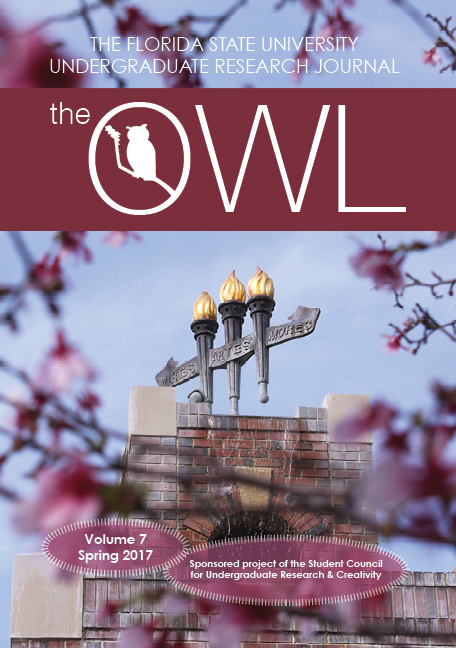East Meets West: The Duality of Architectural Influences on the Palazzo Ducale
Abstract
Images of Notre Dame, Chartres Cathedral, and other French models often come to mind as the archetype of Gothic architecture. Yet, the influence of Gothic architecture was still incorporated into architectural designs long after the Middle Ages during the height of Gothic architecture and spread far beyond France and across Europe. This widespread reach, especially in areas where Gothic architecture merged with other architectural styles, has complicated how art historians define “Gothic”. This complexity is seen at the Palazzo Ducale in Venice, Italy, which has largely been regarded as a Venetian Gothic building, despite its strong architectural influences from the Middle East. By analyzing the Gothic and Middle Eastern qualities of the Palazzo Ducale, I argue the building highlights issues with the traditional definitions of Gothic architecture, which adhere to typical French models. The Palazzo Ducale, and its hybrid architectural design, shows that Gothic is a dynamic architectural style that supports influences from nonwestern cultures.
Downloads
Published
Issue
Section
License
All works published in The Owl are published under a Creative Commons Attribution, Non-Commercial, Share-Alike (CC-BY-NC-SA) license. The author retains copyright.

